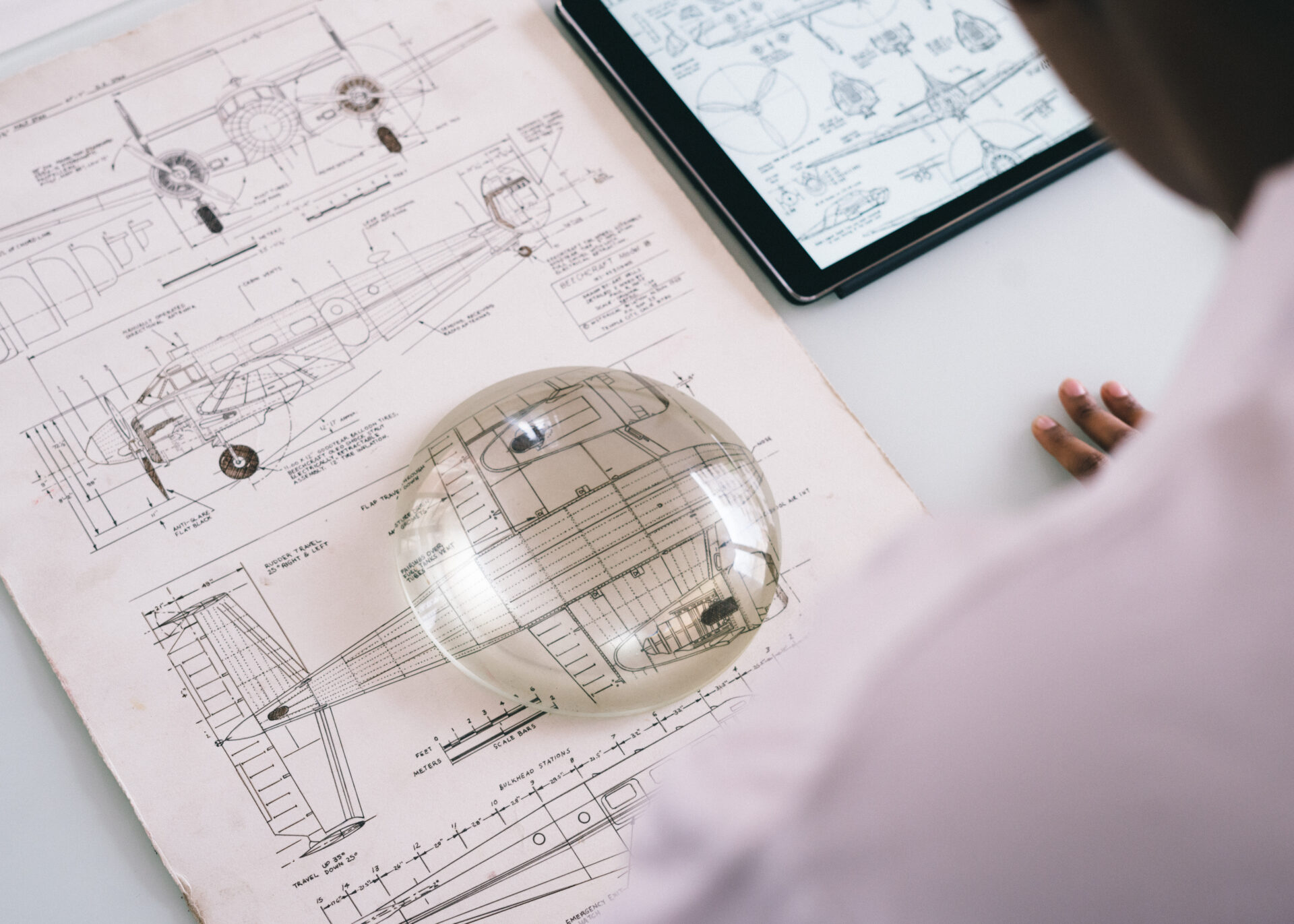Checking ball joints is a relatively simple maintenance task that should be performed regularly. It is important to check your ball joints on a regular basis, as they can wear out over time and cause damage to other parts of your vehicle. In this guide, we will provide you with an overview of what ball joints are and how to check them for wear and tear. With the proper knowledge and tools, you can easily inspect your ball joints and make sure they are in good working condition.Ball joints are a type of mechanical joint used to connect two rotating or oscillating components in order to allow for movement in multiple directions. Ball joints are typically used in applications where a pivot point is required, such as in automobiles and robotics. They consist of a ball-and-socket design that allows for articulation in all directions and are usually connected to each other with a metal rod.
Tools Required To Check Ball Joints
When checking the ball joints on a vehicle, there are several tools which are necessary to ensure that the job is completed properly. The most important tool needed is a jack and jack stands. These are needed to lift the vehicle off of the ground, so that the ball joints can be inspected and serviced. Other tools which may be necessary include a breaker bar or a torque wrench, a socket set, and various metric wrenches.
When using the jack and jack stands to lift the vehicle, it is important to make sure that they are placed on level ground and that the car is securely supported by both the jack and stands. It is also important to take precautions when working under a vehicle which is lifted off of the ground; using blocks or other supports for extra safety can help prevent accidents.
The breaker bar will be used to remove any nuts or bolts which are holding the ball joint in place. A torque wrench will then be used to reassemble the joint in order to ensure that it is tightened properly. The socket set will come in handy as well, as it will provide multiple sizes of sockets which may be needed for different sized nuts or bolts. Metric wrenches may also be necessary if there are any hard-to-reach areas on the vehicle which need attention during inspection or repair of the ball joints.
In conclusion, when checking ball joints on a vehicle, it is important to have all of these tools available ahead of time so that they can be used properly. Having all of these items on hand can make inspection and repair much easier, faster, and safer for everyone involved.
Locating Ball Joints
Locating ball joints is an important step when it comes to replacing a car’s suspension components. Ball joints are a type of metal ball-and-socket joint that allow the suspension to move up and down and side to side. They are used in place of the traditional rod and bushing system, which can wear out quickly. When it comes time to replace the ball joints, it is important to know where to look for them. If you do not know where they are located, there is a chance that you may miss them or damage other parts of the suspension when replacing them.
The most common location for ball joints is on the lower control arms of a vehicle’s suspension system. These are usually located near the wheel hubs and can be easily identified by their spherical shape. Other vehicles may have them located on struts or tie rods instead of lower control arms. It is important to consult with your vehicle’s owner’s manual or a repair manual if you are unsure of where the ball joints are located.
Once you have located the ball joints, they will need to be removed from their respective mounting points in order to be replaced. This usually involves removing some bolts or screws and possibly some other fasteners as well. Once all of these have been removed, you will be able to remove the old ball joint and install the new one in its place. Make sure that all bolts and screws are tightened securely before putting any load on the new ball joint.
Replacing worn out ball joints can help keep your vehicle running smoothly for years to come. By taking time to locate them properly beforehand, you can ensure that your replacement job goes off without a hitch.
Checking The Wear Of Ball Joints
The ball joint is an important component of the suspension system. Over time, it will start to wear down from normal use, and if not checked regularly, it can lead to dangerous driving conditions. To ensure the safety of your vehicle, it is important to check the wear of your ball joints regularly.
The most accurate way to check the wear of a ball joint is to have a professional technician inspect it. They will be able to visually inspect the joint for signs of wear and tear, as well as measure its movement. If they find any signs that the joint may be worn down, they can replace it with a new one before any serious damage is done.
If you are checking the ball joint yourself, you can use a pry bar or a screwdriver to move the joint back and forth while looking for any signs of excessive wear or looseness. If there is any play in the joint when you move it back and forth, this indicates that it is beginning to wear down. If there is no play in the joint, then it should still be in good condition.
Another way to check for worn ball joints is to jack up your vehicle and inspect them from underneath. Look for any signs of rust or corrosion on the joints themselves as well as around them. This could be an indication that water has been getting into them and causing them to rust prematurely.
No matter how you go about checking your ball joints for wear, make sure that you do so regularly in order to avoid potential safety hazards caused by worn out components in your suspension system. Regularly inspecting your ball joints should give you peace of mind when driving your vehicle knowing that everything is working as intended and that you are safe on the road.
Measuring The Movement Of Ball Joints
Ball joints are a critical component of many mechanical systems, and it is essential to be able to accurately measure the movement of these joints in order to ensure their proper functioning. There are several methods for measuring the movement of ball joints, including the use of mechanical or optical measuring devices, as well as more advanced computer-aided tools.
Mechanical measuring devices are typically used for smaller and simpler applications, such as measuring the movement of a single ball joint. These devices typically consist of a sliding arm that can be positioned around the joint to measure its angle or range of motion. This type of device is relatively easy to use and can provide accurate results.
Optical measuring devices are more advanced tools that use light-based technology to measure the position and range of motion of ball joints. These devices usually employ lasers or infrared sensors that detect changes in position when the joint is moved. Optical measuring devices are often used for larger and more complex applications, such as those found in aircraft engines or medical imaging equipment.
Computer-aided measurement tools are also often used in order to measure the movement of ball joints. These tools typically involve using computer software to analyze data collected from optical or mechanical measuring devices, allowing for more precise measurements than would otherwise be possible with manual measurements alone. Computer-aided measurement tools can also help reduce errors by automatically correcting any discrepancies between measured values and expected values.
Regardless of which method is used, it is important to ensure that all measurements taken are accurate and reliable so that they can be used for proper maintenance and repair work on ball joints. By implementing proper measurement techniques, it is possible to ensure that these critical components are functioning correctly and efficiently.

Checking For Looseness Of The Ball Joints
Ball joints are a vital part of the suspension mechanism and play an important role in ensuring a comfortable and safe ride. If the ball joints become loose, it can cause the vehicle to experience severe handling problems and even put you in danger. To prevent this from happening, it is essential to check for looseness of the ball joints regularly.
The first step in checking for looseness is to inspect the ball joints visually. Look at each joint for any signs of wear or damage, such as cracks or uneven surfaces. If you notice any signs of wear or damage, it is important to have them replaced immediately.
The next step is to check for movement of the ball joint by pressing down firmly on each side of the joint with your hand. There should be no movement or play in the joint when pressure is applied. If there is any movement or play in the joint when pressure is applied, then it may indicate that the ball joint is loose and needs to be replaced.
Finally, you should also check for any signs of grease leaking from the ball joint boot. This leakage could indicate that there is a problem with the seal and that moisture has entered it, causing corrosion and weakening of the joint itself. If this happens, then it needs to be replaced as soon as possible to prevent further damage to your vehicle’s suspension system.
Greasing The Ball Joints
Greasing the ball joints is an important part of maintaining your vehicle’s suspension system. Ball joints are integral components of the suspension system, as they allow the wheels to move up and down and turn from side to side. Without proper lubrication, these joints can wear out quickly, leading to premature failure and costly repairs. Fortunately, greasing your ball joints is a relatively simple task that can be done at home with just a few basic tools.
To begin, you’ll need a few items on hand: grease gun, grease fittings, socket wrench set, and sealant tape. Start by jacking up the vehicle and making sure it’s secure on jack stands. Next, locate the ball joint on each wheel and remove any dust covers or shields that may be covering them. Once exposed, you’ll want to inspect the ball joint for any signs of wear or damage. If everything looks okay, use the socket wrench set to loosen the nut securing the ball joint in place.
Once loose, you can remove the nut completely and pull out the ball joint from its housing. Clean away any debris or old grease that may have accumulated around it before adding new grease using a grease gun fitted with a suitable fitting for your vehicle’s make and model. Once filled with fresh lubricant, reinsert the ball joint into its housing and secure with a new nut and sealant tape if necessary. Repeat this process for each wheel before lowering your vehicle back down onto its tires.
Greasing your car’s ball joints regularly will help keep them in good condition so they last longer. This simple maintenance task can save you time and money by preventing premature wear or failure of these important suspension components. So next time your car needs some TLC, don’t forget to check those ball joints!
Replacing Damaged Or Worn Out Ball Joints
Ball joints are an important part of a vehicle’s suspension system, and when they become worn or damaged they need to be replaced. Replacing ball joints requires special tools, and should only be done by a qualified mechanic. It is important to properly inspect the ball joints before replacing them, as some components may still be serviceable.
The first step in replacing ball joints is to secure the wheel and tire assembly so that it cannot move while working on it. The vehicle should be securely jacked up in order to gain access to the ball joint and suspension components. Once the wheel and tire assembly is secure, the bolts holding the ball joint in place must be removed. The old ball joint will then need to be pried out of its socket before the new one can be installed.
The new ball joint needs to be properly lubricated before installation. After lubricating the new part, it should be inserted into its socket and secured with the bolts that were removed earlier. The bolts need to be tightened securely, but not so tight as to cause damage or wear on any of the components. Once all of the bolts have been tightened, it is necessary to recheck them for proper torque values according to manufacturer specifications.
The suspension system should then be inspected for any signs of damage or wear before re-installing the wheel and tire assembly. After ensuring everything is in good working order, lower the vehicle back down onto its wheels and check for proper alignment with a certified alignment machine. Once this has been done, road test the vehicle to make sure everything is functioning correctly before putting it back on the road.
Replacing damaged or worn out ball joints can take some time and effort, but if done properly it can help ensure that your car runs smoothly and safely on the roads for years to come.

Conclusion
Checking the ball joints on your vehicle is easy to do and should be done every few months for best performance. By checking the ball joints for signs of wear, you can ensure that they remain in good condition and provide the optimal performance for your car.
When checking your ball joints, look for any signs of leaking oil, grinding noises, or excessive movement. If you notice any of these signs, then it’s time to replace them. Additionally, make sure to check the suspension and steering components regularly to ensure that they are all in proper working order.
In conclusion, checking your ball joints is an important part of regular vehicle maintenance. By following the steps outlined above, you can easily identify any issues with the ball joints and take action before any further damage is caused. Keeping your car’s suspension and steering components in good condition is essential for providing a safe and enjoyable driving experience.




